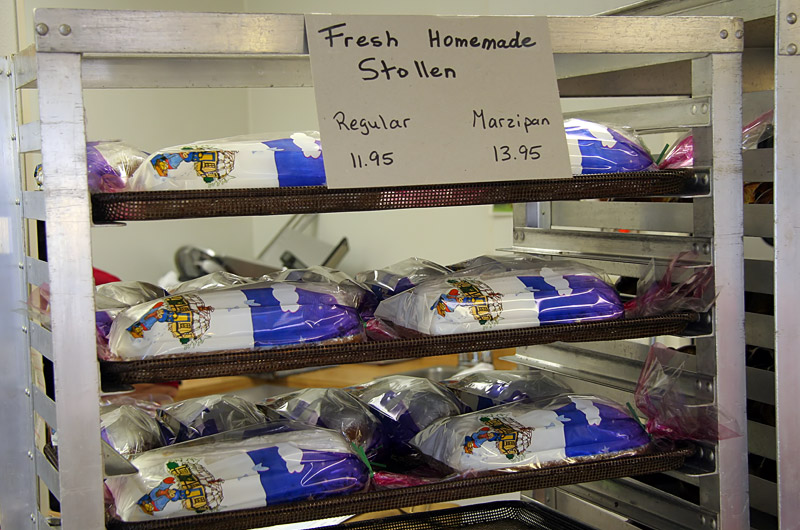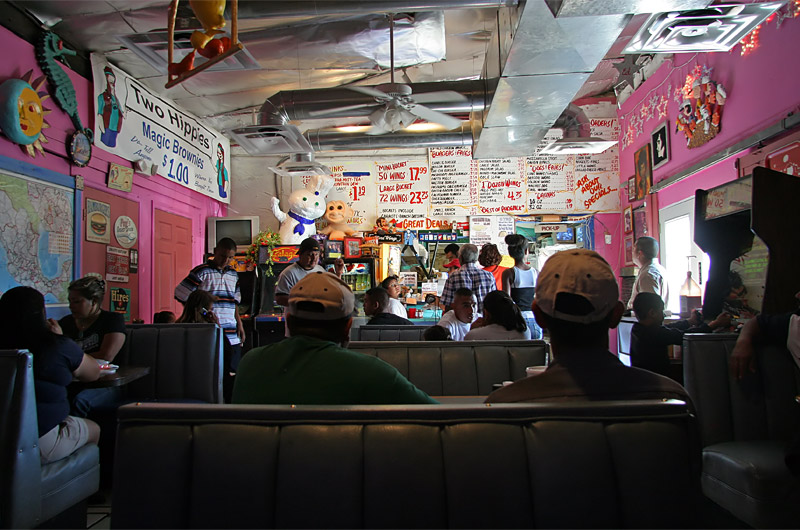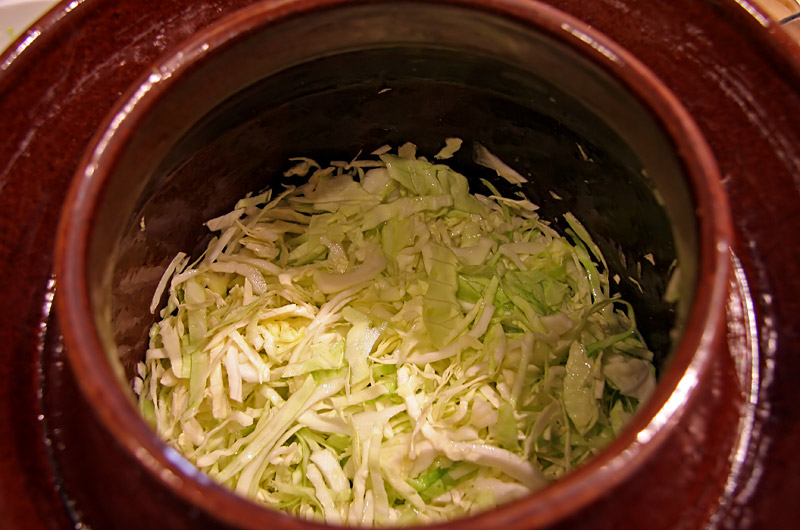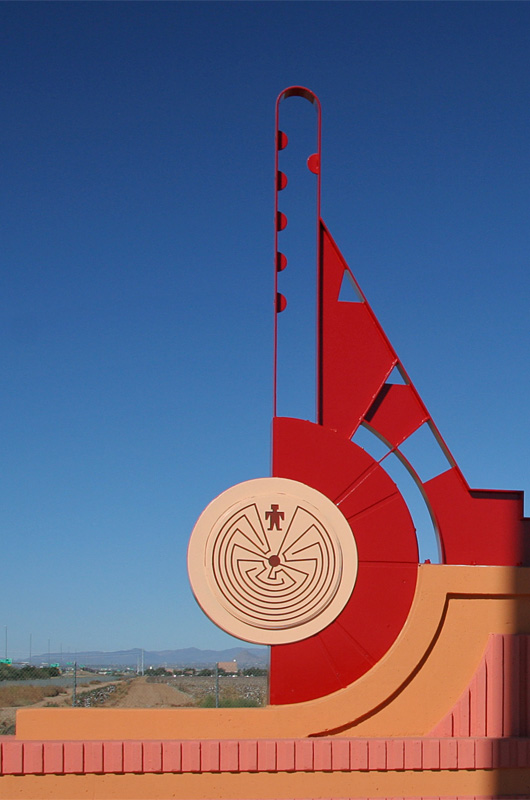
I live in America, where we have everything and nothing. I could buy many a thing today, move to 49 other states, eat Chinese, Indian, or Ethiopian cuisine, and visit any one of the greatest National Parks on the planet – right here in America. However, what is happening off our shores cannot be easily seen or experienced.
I want to know and share cultural experiences with the people of the world. People from all corners of the planet live in the United States – largely unseen outside of five or six major cities. Ethnic restaurants are plentiful in large urban areas; ethnic groceries are proliferating. What is not coming through is the depth of other cultures.
To an extent, the information is here, albeit difficult or expensive to obtain. For example, the television stations of the world are available, but at a cost of more than $300 a month – 85% of the world’s population makes less money per month, and even for many Americans, this is too high a price for television. Amitabh Bachchan is a world-famous actor; it is likely more people will see him on the big screen this weekend than will see Ashton Kutcher, and yet few, if any, Americans know that Big B from India is Bollywood’s most famous actor and SRK isn’t far behind.
Nollywood is the world’s third-largest film industry. Did you know that Nollywood is Nigeria’s Hollywood? Ever seen or heard of the incredibly beautiful Rita Dominic? Korean cinema and TV are more popular in Japan and China right now than American cinema but we won’t hear about Chan-wook Park or Choi Min-Sik on Entertainment Tonight. In Japan, Koda Kumi is on top of the pop charts, and so is Aerosmith – how can the Japanese can enjoy music from both the East and West, and we dwell only on the familiar? And if Japan is too far away, right here in America, we have an excellent source of Asian American cultural reporting in the Los Angeles magazine Giant Robot, but I do not know one other person who is reading GR.
Right here in the States, we have culturally rich indigenous peoples who have been able to maintain a modicum of their traditions. The Navajo, Hopi, Nez Perce, Apache, Sioux, Cherokee, and various other Plains and Pueblo peoples are celebrating customs through festivals, various events, and pow-wows where rarely will my wife and I find fellow Americans – besides the indigenous ones. And, no, Casinos are not culturally important or historic traditions.
Occasionally, something gets in and brightens the picture. Richard Gere brought attention to Tibet; Anime became ever more popular; Infernal Affairs with the wildly popular Chinese actors Andy Lau and Tony Leung inspired Martin Scorsese to use white faces that might be more popular to mainstream America with his recent adaptation re-titled The Departed. Rapper Chuck D of Public Enemy has a sense of the global picture that is emerging with some great rants via his Terrordome blogging. Even Brad Pitt and his wife Angelina Jolie are showing us Americans that the world extends beyond our borders with their recent visits to India, Haiti, and Namibia.
For the most part, though, we don’t want to know, see, or hear what the world is up to. We are making sure Al Jazeera stays off the U.S. airways. Dubai is raising the new Venice while we muck about building the occasional sports arena. China has magnetic levitation trains and cheap cell phone service everywhere – we don’t. Korea is leading the world with broadband internet connections, Europe embraced text messaging years before us, while America stared at its information bellybutton.
This post will fall on deaf ears in America. We have an attitude that if you do not find this place perfect, you must be a communist, a socialist, or worse. You should leave America if you don’t love it. But I do love America; I love our opportunities and am inspired by the small percentage of the population that innovates on a level that the world at various times regards us in the highest esteem. Our vision and creativity soar in many respects; our outward reach, though crippled, we see little to nothing of the world.





